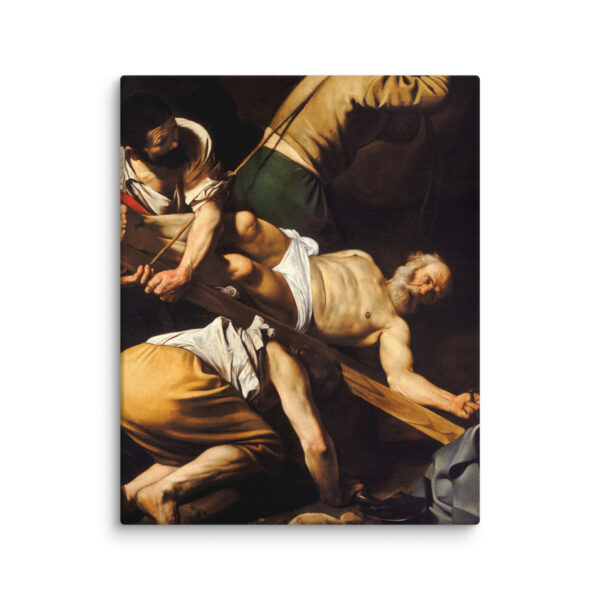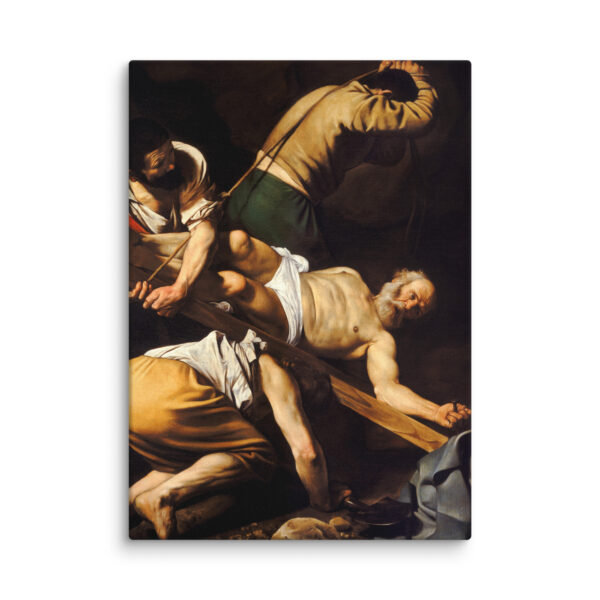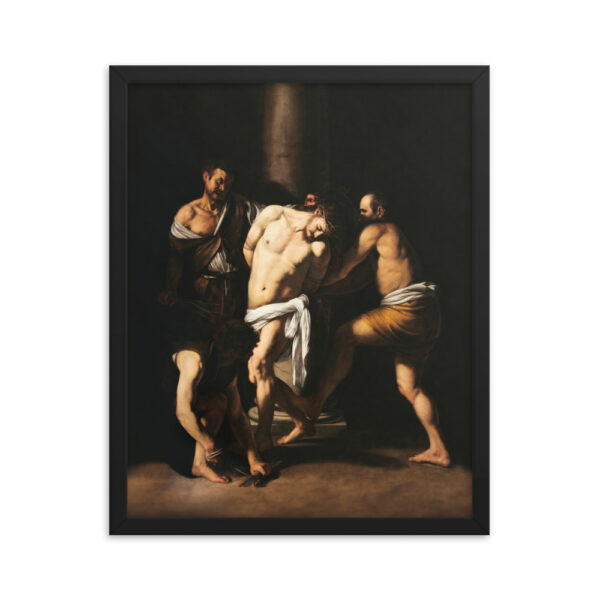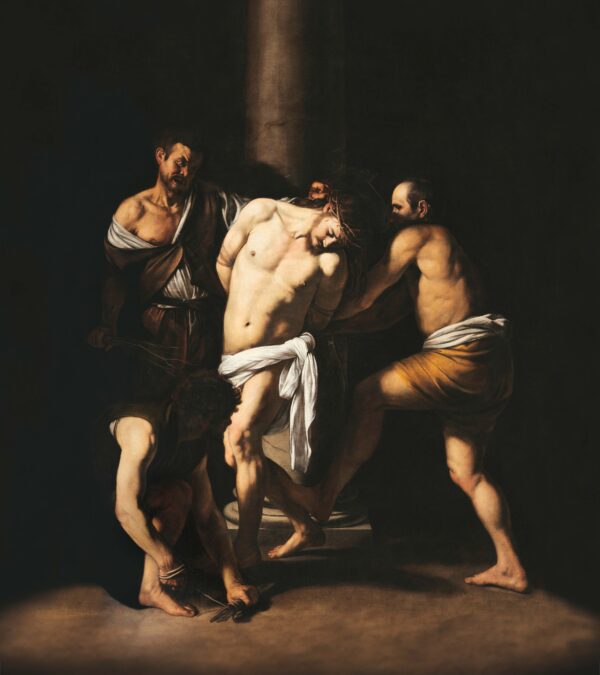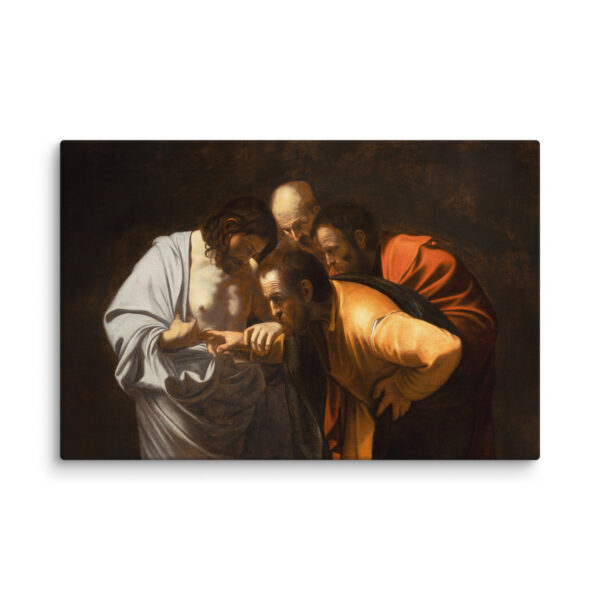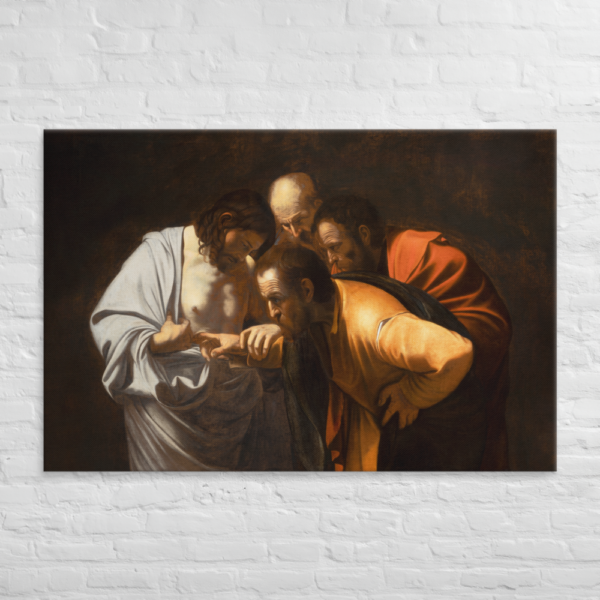Caravaggio
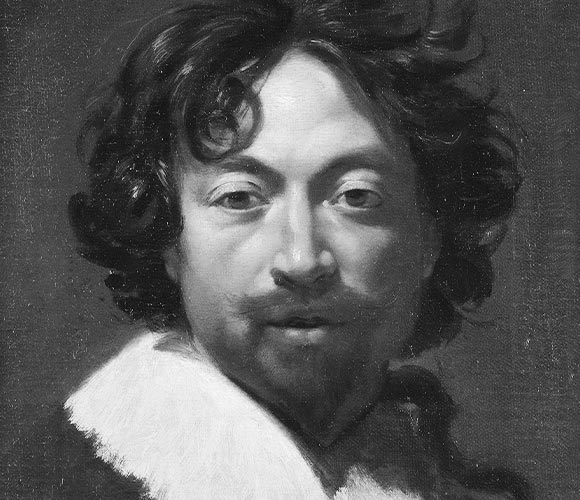
Michelangelo Merisi da Caravaggio, often simply known as Caravaggio, revolutionized art in the late 16th and early 17th centuries with his dramatic use of light and shadow and his intensely realistic depictions of human figures. Born in 1571, Caravaggio’s work broke from the idealized forms of the Renaissance, embracing a raw, unflinching naturalism that brought an unprecedented emotional depth to his subjects. His paintings, such as “The Calling of Saint Matthew,” “Judith Beheading Holofernes,” and “The Supper at Emmaus,” are renowned for their striking chiaroscuro and powerful narratives that capture the viewer’s attention with their dramatic contrasts and lifelike realism.
Caravaggio’s innovative approach not only earned him critical acclaim but also controversy, as his provocative use of common people as models for saints and his intense, often violent imagery challenged the conventions of his time. Despite a turbulent life marked by legal troubles and a notorious temper, Caravaggio’s influence on the art world was profound. He paved the way for the Baroque movement, inspiring countless artists with his bold techniques and compelling compositions. Today, Caravaggio’s works continue to captivate audiences worldwide, celebrated for their revolutionary impact and enduring emotional resonance.
